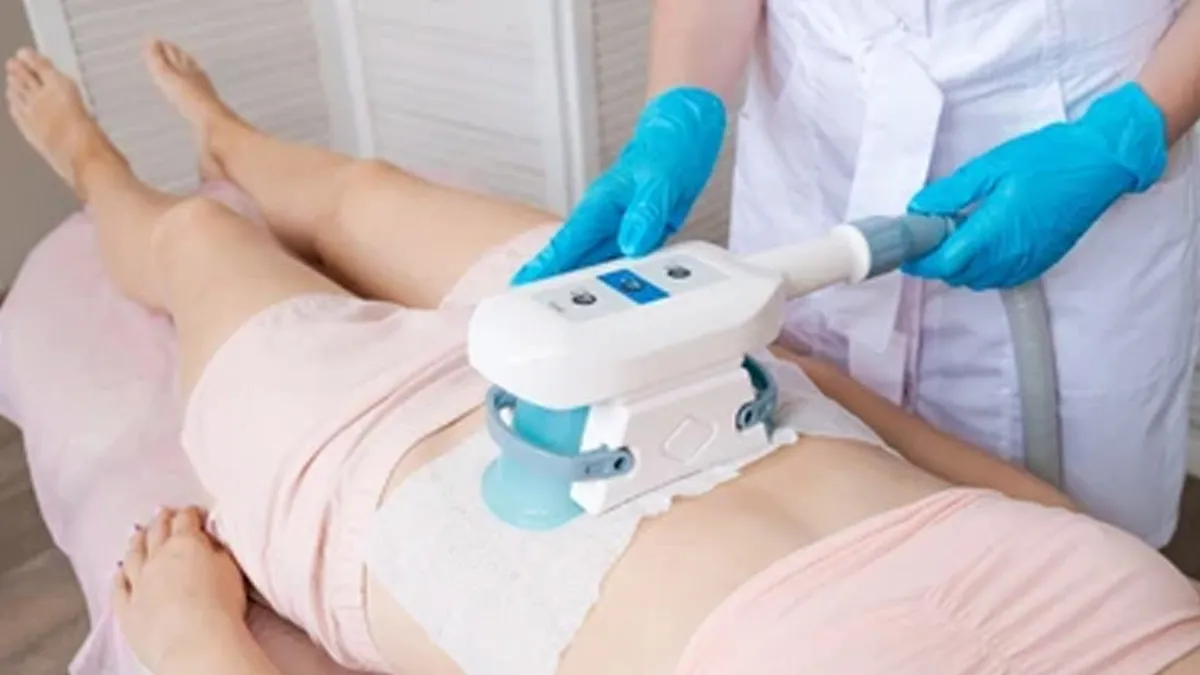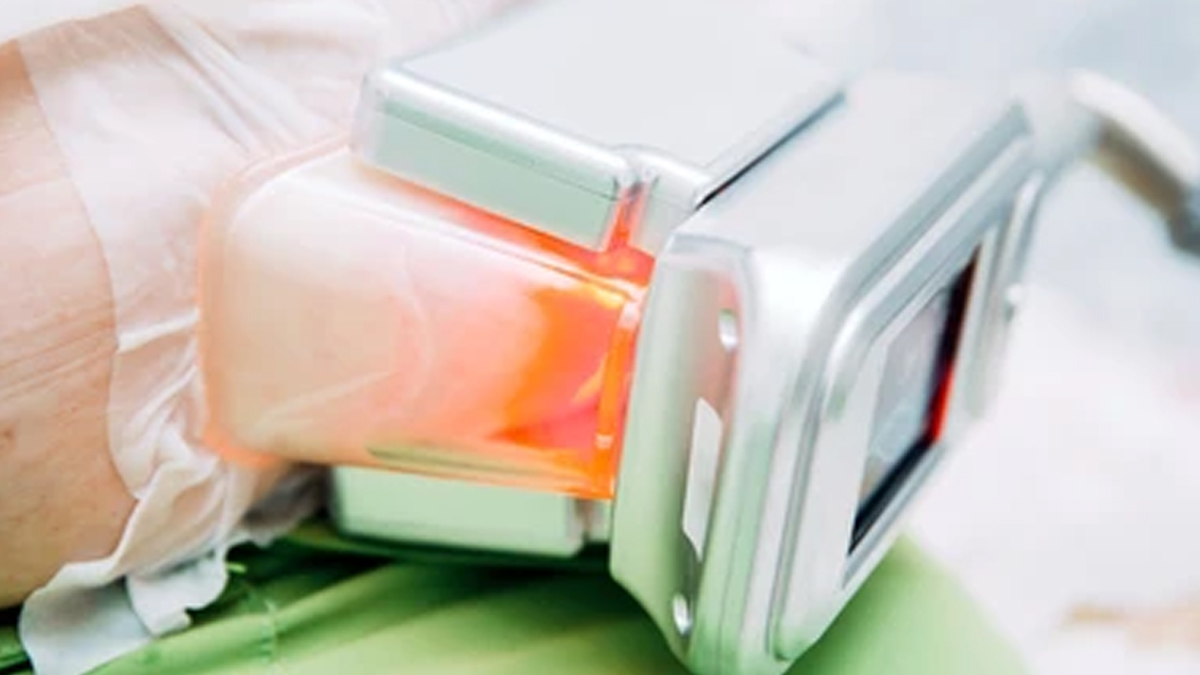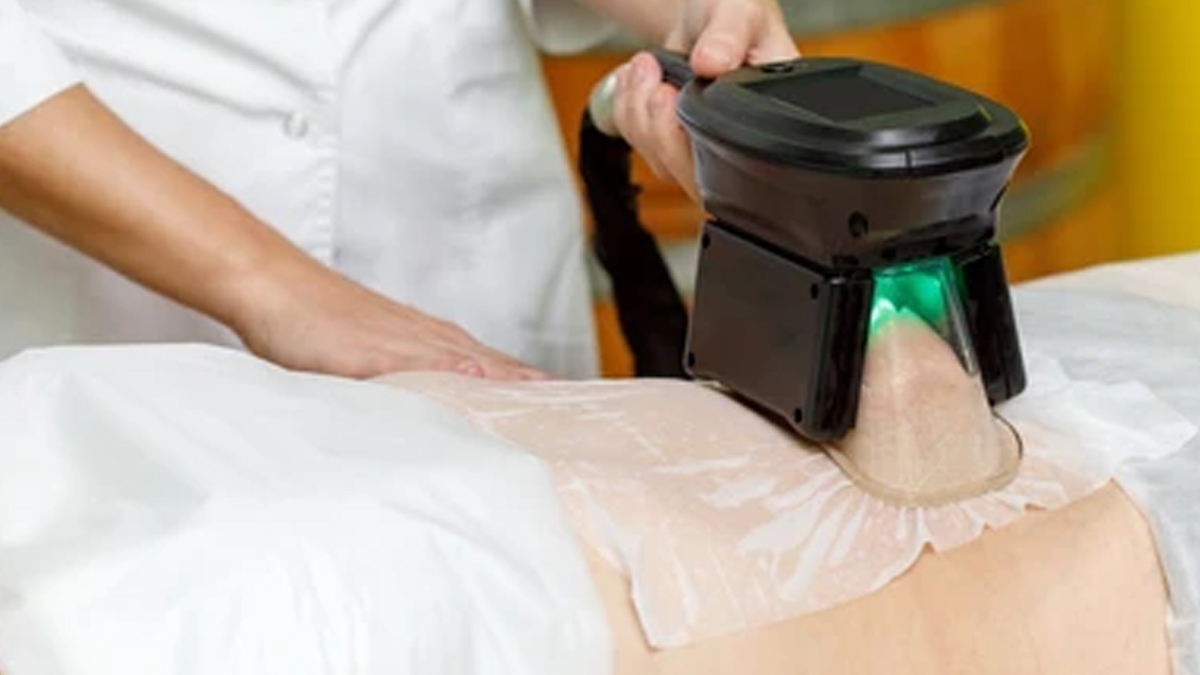
Have you ever wished you could zap away that stubborn belly fat or those love handles that refuse to budge, no matter how much you work out or eat clean? A lot of us have a few problem areas that won’t cooperate, and the idea of surgery can feel like way too much. With the help of a technique like CoolSculpting, you can achieve fat loss without surgery complications. This treatment guarantees to freeze fat without surgery, downtime, or needles.
Table of Content:-
What Is CoolSculpting?

CoolSculpting is a non-surgical fat reduction procedure that uses cryolipolysis, freezing away fat cells, to eliminate excess fat cells in targeted body areas. The FDA-approved procedure freezes the fat cells to a level that destroys them without harming nearby skin and tissue.
The body naturally removes the destroyed fat cells in a few weeks or months following the procedure via the lymphatic system. It leaves the treated areas with a more defined, thinner look.
The United States Food and Drug Administration (FDA) approved CoolSculpting in 2010 to reduce fat in certain regions, such as the abdomen, thighs, love handles (flanks), upper arms, and even under the chin.
Also Read: Can Incline Walking Actually Help In Rapid Fat Loss? Find Out Here
Benefits of CoolSculpting

Non-invasive, no needles or anaesthesia
This treatment is highly appealing because it is a non-invasive procedure. There’s no cutting, stitching, or anaesthesia involved, making it an attractive option for people looking to avoid downtime.
Minimal recovery time
Most patients return to their regular activities right away after the treatment. Some even resume their work on the same day.
Selective fat reduction
CoolSculpting is effective for individuals who are otherwise healthy but have isolated areas of resistant fat that cannot be reduced by diet and exercise.
Gradual, natural-looking results
Since the fat cells are gradually removed, the outcome is more natural in appearance than a rapid weight reduction or extreme liposuction result.
Long-lasting fat loss
The fat cells destroyed by CoolSculpting are permanently gone. However, it is important to note that new fat can still develop if you don't lead a healthy lifestyle.
Also Read: Expert Shares Morning Habits That You Need To Stop For Better Fat Loss and Productivity
Risks and Side Effects to Know
Despite its appeal, CoolSculpting isn’t without its risks. While most side effects are temporary and mild, they’re still worth knowing before you commit.

Temporary discomfort
You can also feel coldness, tingling or numbness in the area around the treatment during the process. Some people experience tugging or pulling because of the suction applicator. These feelings usually resolve as the area numbs from the cold.
Post-treatment side effects
Following the procedure, the usual side effects are redness, swelling, bruising, and soreness of the treated region. Numbness may last a few days to several weeks, but the condition is reversible.
Uneven results
Reduction of fat in some situations is not even, particularly when several sessions aren't correctly staggered or when carried out without sufficient accuracy.
Paradoxical Adipose Hyperplasia (PAH)
Though very rare (estimated to happen in one of every 3,000 treatments), this is a side effect in which the treated area increases rather than decreases. It’s more commonly reported in male patients and often requires surgical correction.
Not a weight-loss tool
CoolSculpting is not intended for people looking to lose a significant amount of weight. It’s best for body contouring, not for treating obesity.
Is CoolSculpting Right for You?
CoolSculpting can be a great option for people close to their ideal weight but struggling with localised fat bulges. It's not a healthy lifestyle replacement, but it may be a useful aid in defining your contours.
Before proceeding, consult a qualified provider, ideally a board-certified plastic surgeon or dermatologist, who can evaluate your body type, determine realistic expectations, and eliminate contraindications.
[Disclaimer: This article contains information for informational purposes only. Hence, we advise you to consult your professional if you are dealing with any health issue to avoid complications.]
Also watch this video
Read Next
Struggling to Shed Kilos? 3 Hidden Signs Your Body Is Storing Fat, According to a Fitness Coach
How we keep this article up to date:
We work with experts and keep a close eye on the latest in health and wellness. Whenever there is a new research or helpful information, we update our articles with accurate and useful advice.
Current Version